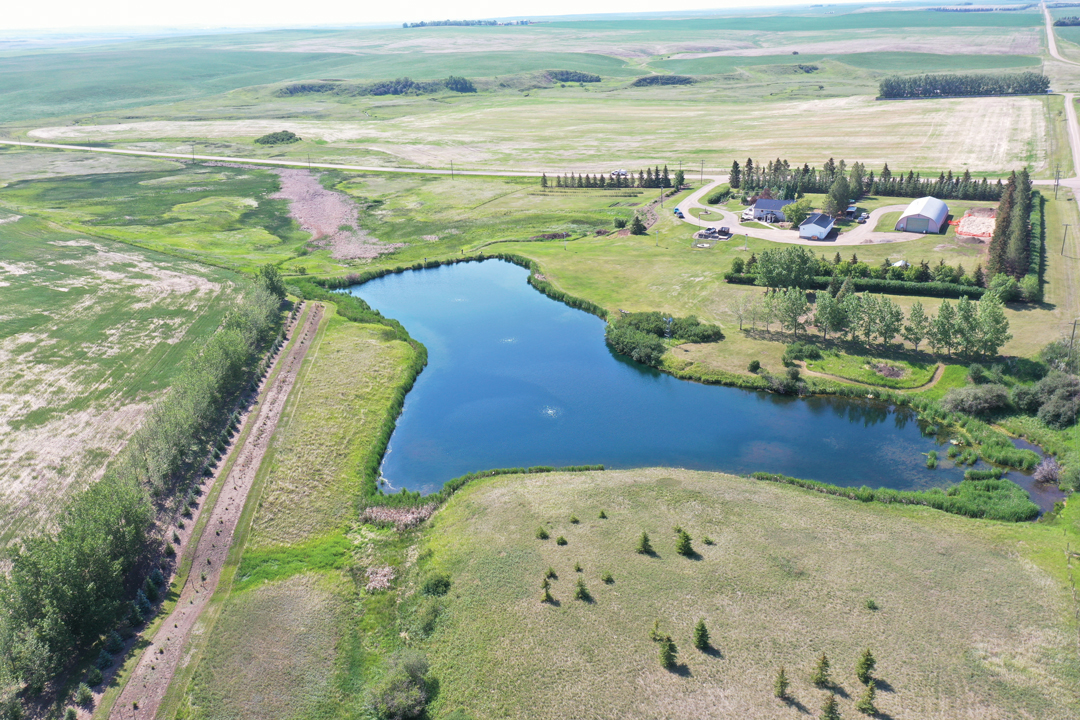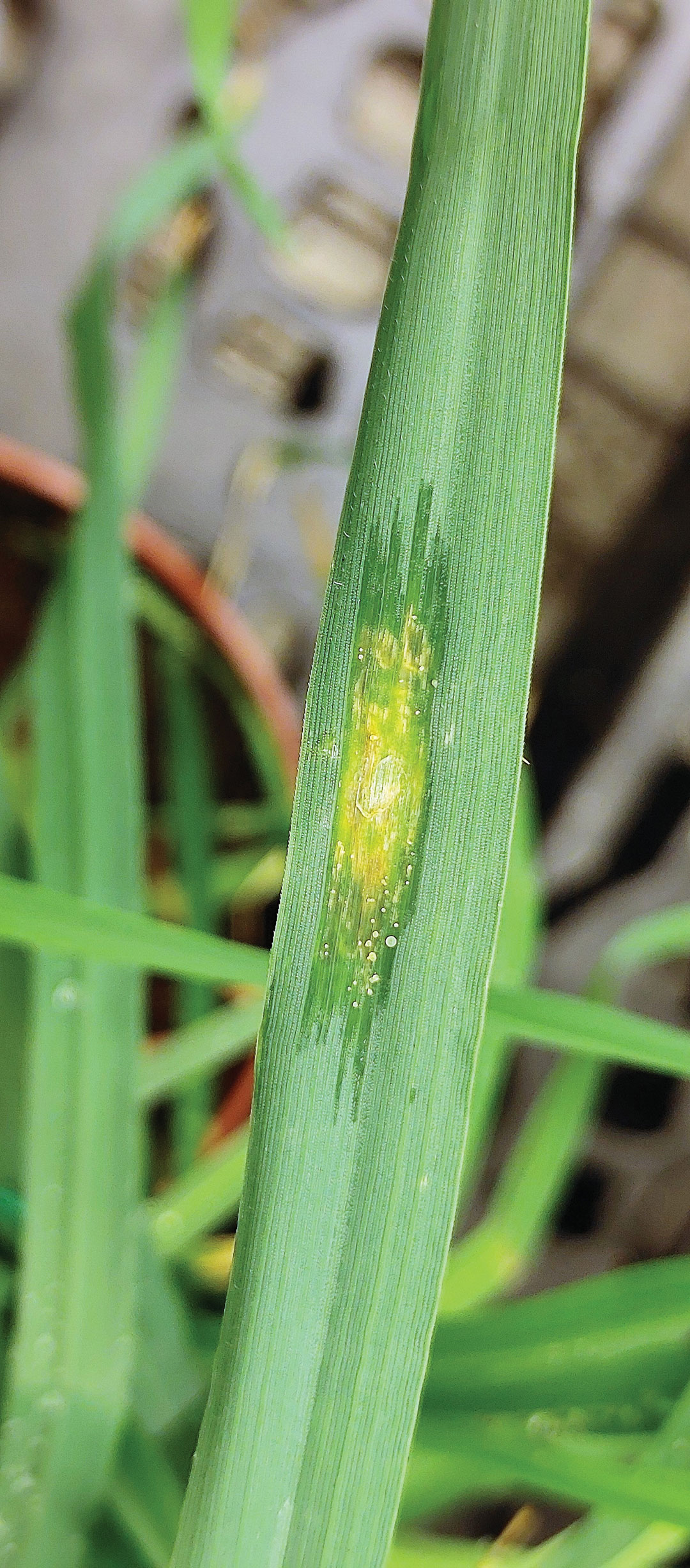A WIN FOR WETLANDS STEWARDSHIP
BY IAN DOIG • PHOTO COURTESY OF ALBERTA PULSE GROWERS
Team Alberta Crops conducted a three-year, $1.5-million project to measure pesticide concentrations on farm wetlands. The organization’s commission members, product manufacturers and Results Driven Agriculture Research provided funding.
Completed last fall, sampling for numerous chemicals found no exceedances of Pest Management Regulatory Agency (PMRA) guidelines. This indicates farmers employ effective stewardship in their crop protection practices, said Nevin Rosaasen. Alberta Pulse Growers sustainability and government relations lead, he played a major role in the project. He said it confirms products are being used according to label instructions and vegetative filter strips are used effectively as buffers to mitigate spray drift and runoff.
“The combination of those beneficial management practices and good stewardship have resulted in our project demonstrating there is no risk to aquatic life,” he added. “That includes fish, plants, algae and aquatic invertebrates in the wetlands we sampled across Alberta. It’s a real good news story.”
Though some were apprehensive about what the study might uncover, the commissions and farmers who volunteered their land acknowledged the need for good data. “They wanted to learn more about current practices and if these posed a risk to wetlands,” said Rosaasen.
The Team Alberta project accessed 21 sites on private land. It also gathered complementary information such as crop, seed treatment and spray records.
The data will be used to retain inputs farmers rely on. Product registrants are able to use it for PMRA re-evaluations of their chemistries. Team Alberta is now in talks with the PMRA to allow the agency to access the project’s online data portal directly for use in upcoming re-evaluations. There is a need to ensure privacy of farmer data and that results aren’t taken out of context by the public, said Rosaasen. A detection may cause undue alarm where levels are in fact so low they’re difficult to detect.
Measurements of vegetative filter strips were taken at the minimum width between each wetland’s high-water mark and the edge of the seeded and sprayed crop. The amount of ground cover and the plant species within the strip were also noted as were rough estimates of the land’s angle of slope. Team Alberta is now working with its registrant partners and the PMRA to create better filter strip guidance for farmers. While a three-metre buffer is required under Alberta’s Water Act, the labelled requirement for insecticides is 10 metres. Where temporary water creates puddles in a field or submerges a portion of it, maintaining buffers can be a huge challenge. “There’s still a lot of work to be done on our understanding of vegetative filters strips, but we do know three-metre buffers are effective at mitigating pesticide drift and runoff,” said Rosaasen.
He emphasized the study supports Environment and Climate Change Canada’s sustainable agriculture and biodiversity strategies. And though it is constrained by limited budget and staff, it is one of the most well-regarded human health and environmental regulatory agencies in the world. “Team Alberta Crops always works with our colleagues at the PMRA to ensure we can move forward into a changing climate with beneficial management practices that will continue to protect our environment and protect Canadians,” said Rosaasen.
“The project helped demonstrate our farmers are using these products correctly,” said Shannon Sereda, Alberta Grains director of government relations, policy and markets. “And the PMRA has acknowledged we’ve built the gold standard framework for water monitoring.”







Comments